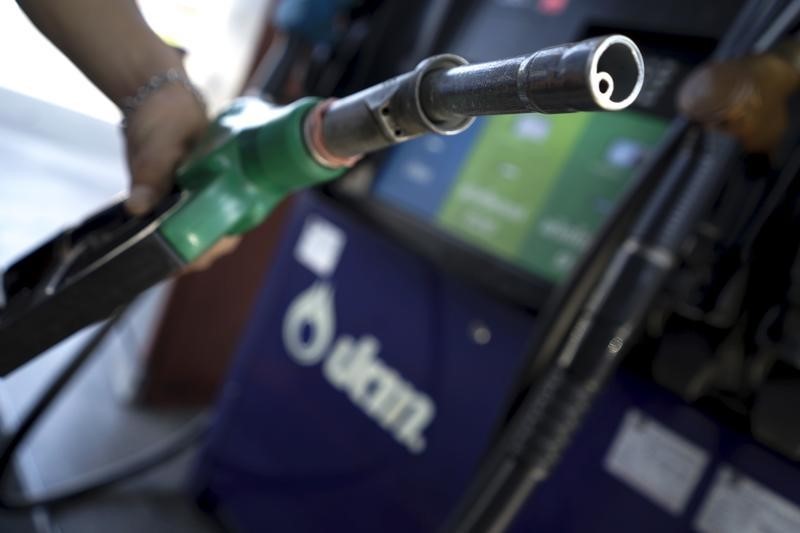By Peter Nurse
Investing.com -- Oil prices stagnated Tuesday, consolidating after recent selling on the back of the prospect of additional supply and rising Covid-19 cases.
By 9:15 AM ET (1415 GMT), U.S. crude futures were down 0.2% at $79.56 a barrel, while Brent futures were flat at $82.06. Both contracts closed lower Monday after falling last week, for the third week in a row.
U.S. Gasoline RBOB Futures were up 1% at $2.3512 a gallon.
Crude prices remain close to seven-year highs even after these recent losses, and the strong retail sales figures out of the U.S. suggest increased economic activity in the months ahead.. However, the tide may be turning in terms of the demand/supply balance following forecasts of an increase in global production in coming months.
“The world oil market remains tight by all measures, but a reprieve from the price rally could be on the horizon,” the International Energy Agency said Tuesday in its monthly report. “Production in the U.S. is ramping up in tandem with stronger oil prices.”
The Paris-based institute said global oil output increased by 1.4 million barrels a day last month, and will add as much again over November and December as oil firms in the Gulf of Mexico restore supplies halted by Hurricane Ida.
Data from Baker Hughes showed that U.S. energy firms added oil and natural gas rigs for a third week in a row last week.
OPEC Secretary General Mohammad Barkindo also said on Tuesday that he expects an oil supply surplus as early as December and the market to remain over-supplied next year.
This suggests that the Organization of the Petroleum Exporting Countries and their allies will continue with their stance of only increasing output very gradually into 2022.
“Consequently, the market is waiting for any developments from the U.S. administration that may ease prices. If action is to be taken, the most likely route would be a release from the Strategic Petroleum Reserve,” said analysts at ING, in a note.
Later in the session comes the release of U.S. crude oil inventory data from the American Petroleum Institute.
On the demand side, while the U.S. economy, the largest consumer of oil in the world, shows repeated signs of a strong recovery, elsewhere the news is less positive with a rising number of Covid-19 cases hitting demand.
Austria and the Netherlands have already announced partial lockdowns, and a number of European countries are considering similar moves as this region looks like being the epicenter of the pandemic once more as winter approaches.
Additionally, China, the largest importer of crude in the world, is battling the spread of its biggest Covid-19 outbreak caused by the Delta variant, with this outbreak affecting 21 provinces, regions and municipalities.
